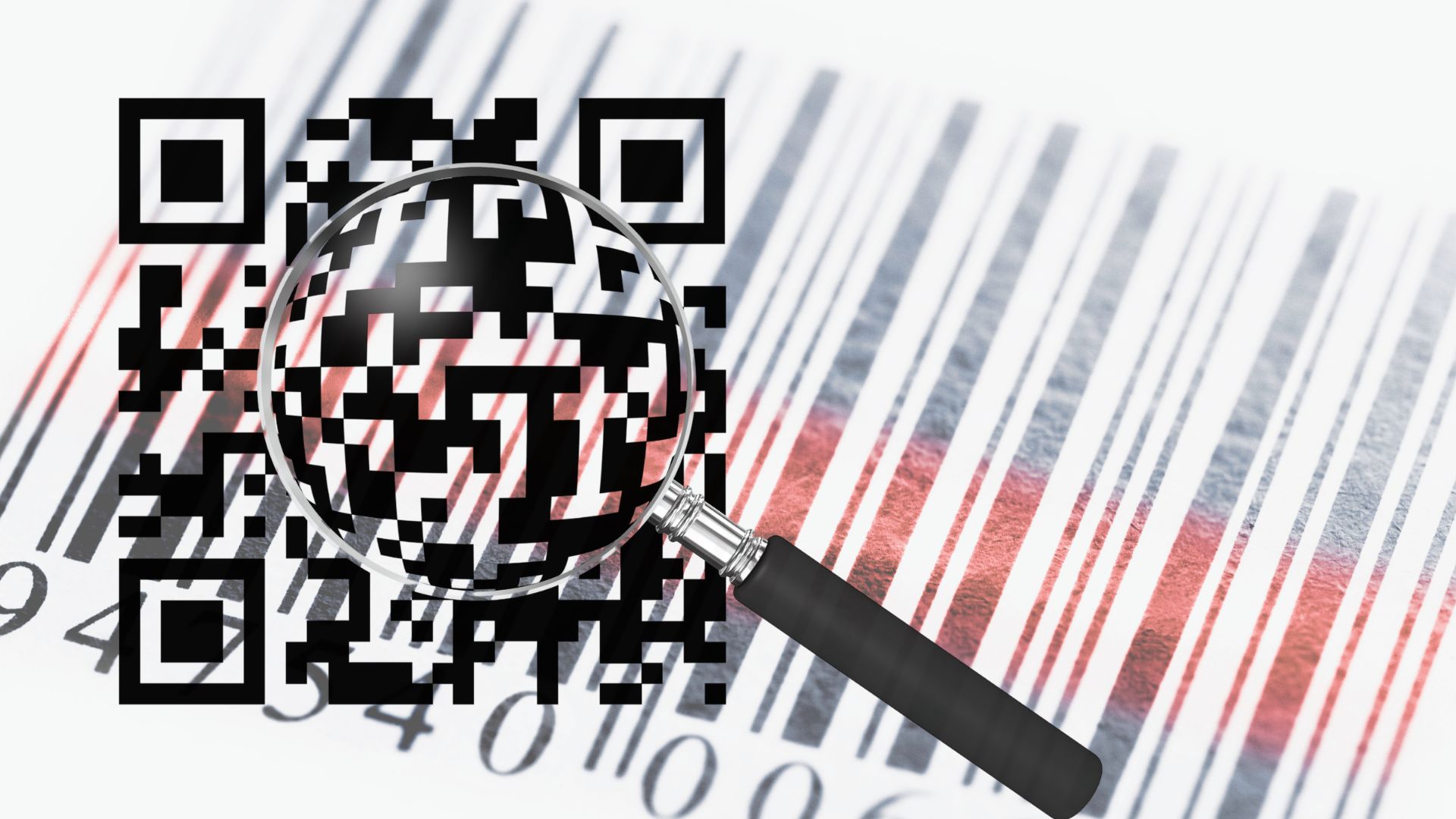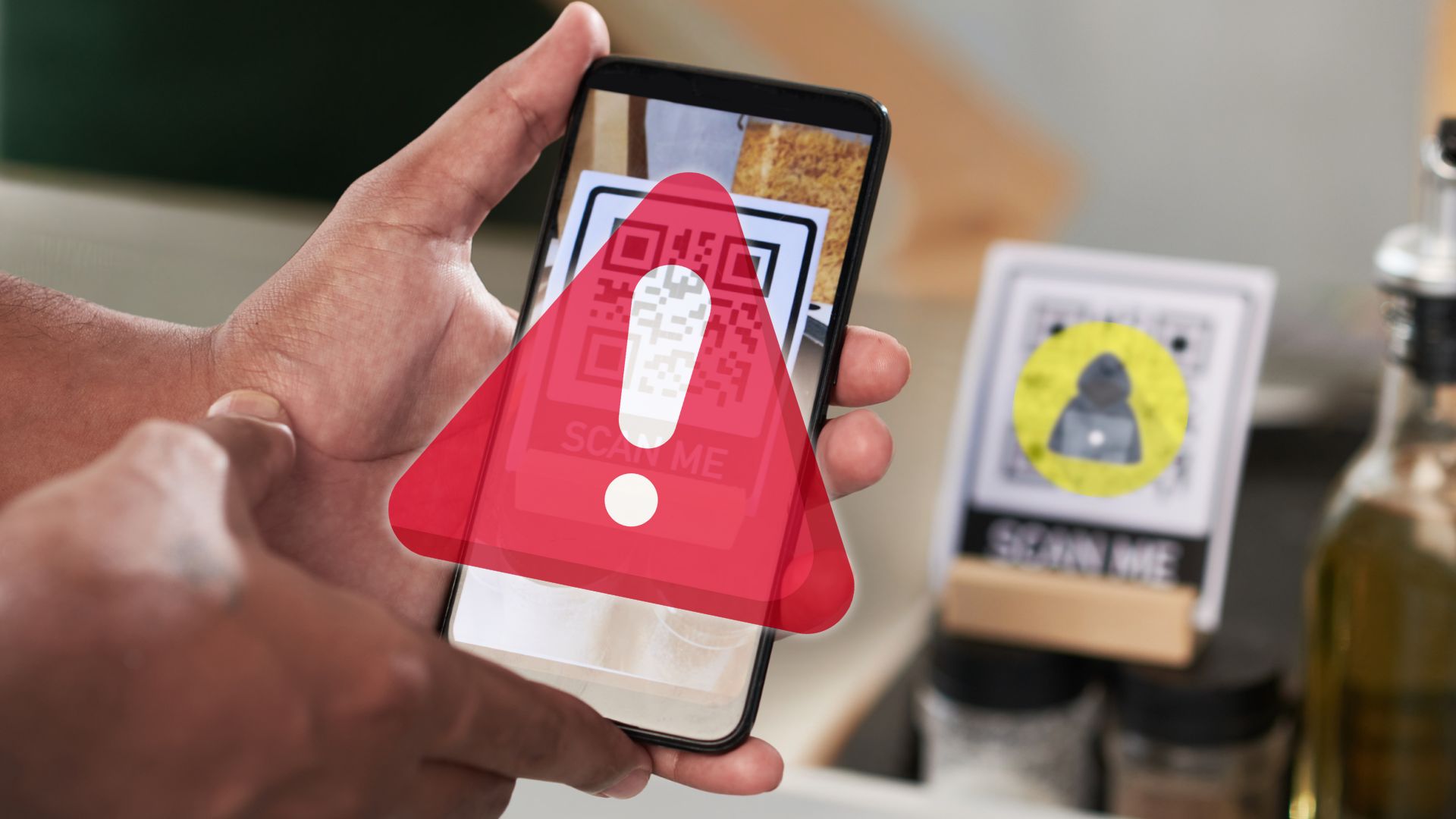The Rise of QR Codes and the Cyber Threats That Followed
QR codes are everywhere. From restaurant menus to product packaging to event tickets, they’ve quietly become a staple of modern convenience. But with this widespread use comes a darker trend. Cybercriminals have latched onto QR codes as a tool for phishing scams, cleverly labeled as “quishing.” By manipulating these tiny square grids, hackers can lure unsuspecting users into sharing sensitive data on fake websites that look like they belong to trusted institutions.
It’s a sneaky tactic and, unfortunately, an effective one. A recent study revealed that almost 36% of mobile phishing attacks in 2023 involved QR codes, highlighting the urgent need for better security measures. Enter the self-authenticating dual-modulated QR code (SDMQR), a technological breakthrough that promises to take the guesswork out of QR code security.
What Are SDMQR Codes and How Do They Work?
Researchers at the University of Rochester have developed SDMQR codes, a next-gen version of the traditional QR code that introduces a built-in security check. Unlike the familiar black-and-white checkerboard format, SDMQR codes use elongated ellipses that your smartphone camera can decode to verify the source. What sets this tech apart is its ability to embed a cryptographic signature, which acts as a seal of authenticity.
Here’s the clever part. If the website link you’re about to visit is verified, you’ll get an all-clear signal. But if the link is unverified or suspicious, the scanner will alert you before you even consider clicking. Simply put, it’s like having a bouncer at the door ensuring you’re not walking into trouble.
And the beauty of it all? These codes are backward-compatible, meaning they can slip into current systems without causing a hassle. That’s a big deal. Retro-fitting new security solutions can often disrupt workflows, but SDMQR codes are designed to slide seamlessly into the existing setup.
Real-World Applications Beyond Cybersecurity
Think of all the scenarios where these codes could be useful. Companies can pre-register their official URLs, protecting their customers from fraudulent attempts to mimic their sites. But the potential doesn’t stop at quishing prevention. These upgraded QR codes pave the way for a more interactive and information-rich future.
For instance, the researchers behind SDMQR codes are exploring applications beyond fraud prevention, including replacing traditional UPC barcodes. These codes could carry extra info, such as product details, supply chain data, and usage instructions, all in a tiny, multi-functional package. Users could even “color-code” their links, accessing different types of information from the same QR code based on unique triggers. It’s like giving a Swiss Army knife an upgrade.
And businesses are paying attention. During customer discovery research funded by the National Science Foundation, companies expressed excitement over the ability to shift from traditional barcodes to more branding-friendly designs. After all, a QR code that looks sleek and offers added functionality is a marketing win as much as a practical one.
The Double-Edged Sword of Innovation
Of course, no technology is perfect out of the gate. While SDMQR codes make quishing attempts harder to execute, they wouldn’t eliminate them entirely. For one, cybercriminals have a knack for adaptability. Sophisticated bad actors could still find ways to mimic these new codes or exploit vulnerabilities in their implementation.
And then, there’s adoption. No matter how groundbreaking a technology appears, convincing businesses and consumers to jump on board takes time. According to a 2023 McKinsey report, nearly 60% of companies cited cost concerns as the biggest barrier to adopting new security technologies. It’s possible that smaller businesses in particular might hesitate, especially if these codes require extra investment in new scanners or employee training.
On the user side, there’s also the question of awareness. Will people know how to spot and rely on these smarter QR codes? Education will be key to making this innovation effective.
What Could This Mean for You?
Picture a world where scanning a QR code feels as secure as unlocking your phone with your fingerprint. You’d no longer need to hesitate before pointing your phone at a menu, a parking meter, or a checkout counter, wondering if you’re about to land on a fake page. For businesses, it’s a chance to build trust without adding friction to the customer experience.
While the commercial availability of SDMQR codes might be a couple of years away, the thinking behind them signals an important shift in cybersecurity. Instead of putting the entire burden on users to guess whether a link is safe, it shifts responsibility to the technology itself. And honestly, shouldn’t the tools we use every day have our backs?
Looking to the Future
For now, researchers are still exploring the full potential of these advanced QR codes. Patents have been filed, and industry discussions are underway. But as companies weigh the investment, there’s optimism that SDMQR codes will change how we interact with the digital world.
Until then, learning to spot potential threats and using tools like secure QR code readers is still the best practice. One day soon, though, the little black-and-white grid might grow up into something smarter, safer, and as reliable as your morning coffee.QR Code Technology

